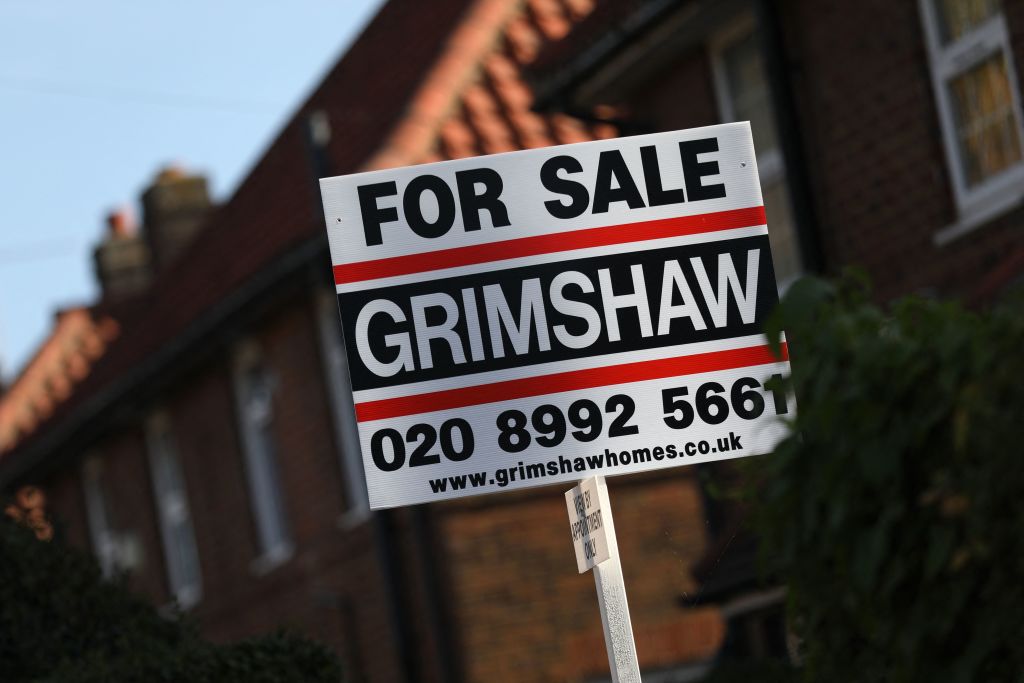Economic forecasts rarely survive far into the New Year. Just look at last year’s prophecy by the IMF that the UK economy would shrink by 0.6 per cent in 2023, which was already being revised by March. But we are only three days into 2024 and already the forecasts of falling house prices are beginning to look somewhat questionable. In November, the Office for Budgetary Responsibility (OBR) forecast that prices would slip by 4.7 per cent over the year. The Halifax followed that up by forecasting a 2 to 4 per cent slide.
Yesterday, however, the Halifax became one of those banks which has started slashing fixed rates. A two year fix is suddenly down from 5.64 per cent to 4.81 per cent as the greater-than-expected fall in inflation in November leads to downward revisions in the expected path of future interest rates. Other lenders, too, have begun to slash fixed rates in the expectation that the Bank of England’s will start to cut the base rate by May. At the same time, real earnings are rising again: pay is up 7.7 per cent, inflation is at 3.9 per cent.
If prices didn’t collapse last year they are highly unlikely to do so this year
As I have written here before, the housing market was protected against large falls in 2023 owing to a shortage of forced sellers. We simply don’t have the large numbers of buyers mortgaged up to the eyeballs as we did in past property booms in the 1980s and 2000s. Over half of all buy-to-let properties are now held without mortgages. If you don’t have a mortgage, it doesn’t matter how high interest rates go – it is not going to put you under pressure. On the contrary, most investors can sit back and enjoy rising rents.
As for owner occupiers, they are under less pressure than they were in the past, too. It has been much harder to obtain a high loan-to-value mortgage over the past decade than it was in the past – with the result there are fewer buyers stretched to the limit. In 2021, 9.3 million owner-occupied homes were owned without a mortgage, an increase of 2 million since 2012. The number of owner-occupied homes with a mortgage, on the other hand, fell by 900,000 to 6.5 million.
Falling interest rates, rising earnings, rising rents and a lack of forced sellers – this really isn’t a recipe for a house price slump. True, there are still some buyers who are yet to be hit by the rise in interest rates: if you fixed your mortgage for two years at the beginning of 2022 the pain has yet to hit you. Even so, the numbers of people in the yet-to-feel-the-pain camp are going to drop by the month throughout 2024. If prices didn’t collapse last year they are highly unlikely to do so this year.
Already, some forecasts of rising prices are beginning to trickle through: consultancy Pantheon Macroeconomics has stuck its neck out and said it expects a 5 per cent rise in 2024. Prices will fall in some places, no doubt. But don’t be surprised if the house price indices start to inch up in coming months. That won’t help to ease the housing crisis. If the government wants more people to be able to afford a decent home, it will have to find some other way of achieving that objective, other than sitting and waiting for house prices to fall.







Comments